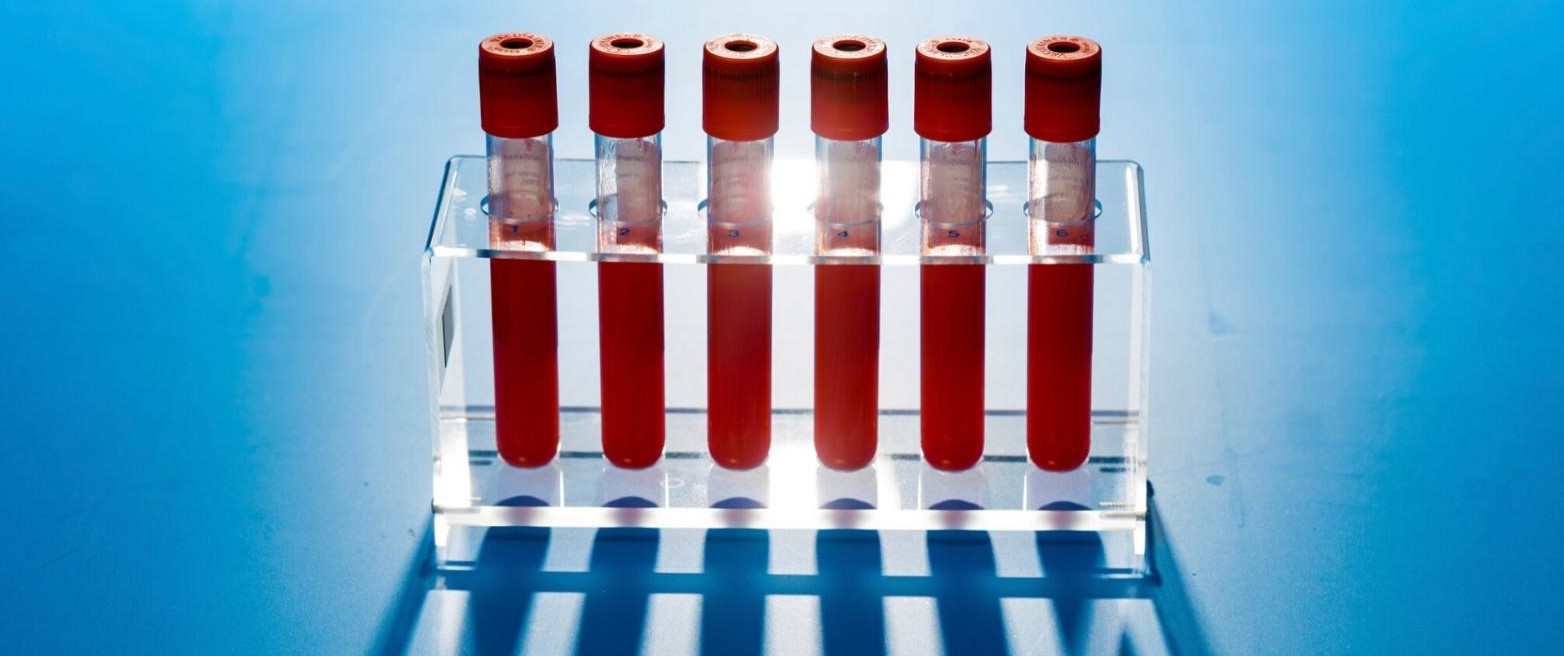QUEEN’S RESEARCHERS INVESTIGATE NEW ‘TARGETED THERAPY’ FOR PAEDIATRIC ACUTE MYELOID LEUKAEMIA 
06 November 2020
Researchers at Queen’s are investigating new approaches to target paediatric Acute Myeloid Leukaemia (AML) to improve the treatment and outcome for patients.
The findings have been recently published in Scientific Reports.
Leukaemia is the most common childhood cancer and paediatric AML can affect any age group from new-born infants to young people aged 18 – 25 years. Around 70 new cases of paediatric AML are diagnosed every year in the UK, which accounts for 15 per cent of children’s leukaemia cancer cases.
The patients with paediatric AML most at risk are children aged under two years; the risk in children aged two to nine years is lower; and it then rises through the adolescent years, with cases higher in boys than in girls.
The five-year survival rate for paediatric AML is very poor at approximately only 60 per cent of those diagnosed. This is compounded by using treatments with severe side effects for young patients including vomiting and hair loss.
Researchers at the Patrick G Johnston Centre for Cancer Research at Queen’s have identified a new drug combination which could be more time and cost effective in fighting paediatric AML and could also spare young patients the harsh side effects from treatment.
Professor Ken Mills, project lead at Queen’s said:
“Traditionally, a generic combination of chemotherapy drugs and steroid medicines is administered to treat patients with paediatric AML. Our research aimed to provide a more targeted therapy.
“We found that the programmed cell death pathway was a potential target and identified that the specific drug combination of ABT-737, a Bcl-2 family inhibitor with Purvalanol A, a CDK inhibitor, together were a potential targeted therapy for AML patients with molecular abnormalities of the MLL and FLT3 genes.
“Our findings have the potential to reduce the cost, resource-intensity and time associated with the identification of novel combination therapies.
“This could reduce the time of drug development and enable previously untested and novel drug combinations to be tested and identified, contributing to a more rapid implementation into the clinic.
“This would overall improve outcomes for patients with paediatric AML.”
Dr Katrina Lappin, lead author on the paper from Queen’s said:
“The overall survival for children with AML is around 60 per cent, however these patients are treated with harsh chemotherapeutics which, for a significant number of patients do not work and often when they are successful result in acute side effects and perhaps more importantly chronic side effects later in life.
“The aim of this research was to identify more targeted combination therapies to further improve survival rates and reduce the side effects. The approach we have used of large-scale combination screening reduces the costs associated with resources and the time to identify new drug combinations, which is normally a long and labour-intensive journey.
“I hope this innovative approach for identifying drug combinations will be of benefit to children and young adults with cancer and leukaemia.”
The research was funded by The Little Princess Trust, whose funding is administered by the Children’s Cancer and Leukaemia Group.
Phil Brace, Chief Executive Officer of The Little Princess Trust commented:
“We are very pleased to have been able to fund this vital work. Although paediatric AML is relatively rare, there are still a significant number of children who are affected by the disease. Therefore, the news of any advances which could potentially lead to kinder and more effective treatments to improve their chance of survival gives significant hope for the future."
Ashley Gamble, Chief Executive from the Children’s Cancer and Leukaemia Group said:
“We’re delighted to have been able to support this work through our partnership with The Little Princess Trust. Paediatric AML has significantly lower survival than some other paediatric cancers, and children that do survive are often left with lifelong side effects as a result of harsh treatments.
“This promising research offers hope for both reducing the side effects and improving survival, and we look forward to seeing the next phase of this research getting underway.”
The findings will next be validated through a clinical trial process. The full paper is available in the journal, Scientific Reports.
To support health-related research projects at Queen’s, visit the Development and Alumni Relations Office website or contact Teresa Sloan, Head of Health Fundraising.
Media enquiries should be addressed to the Communications Officer at Queen’s University Belfast.
Back to Main News
Top of Page